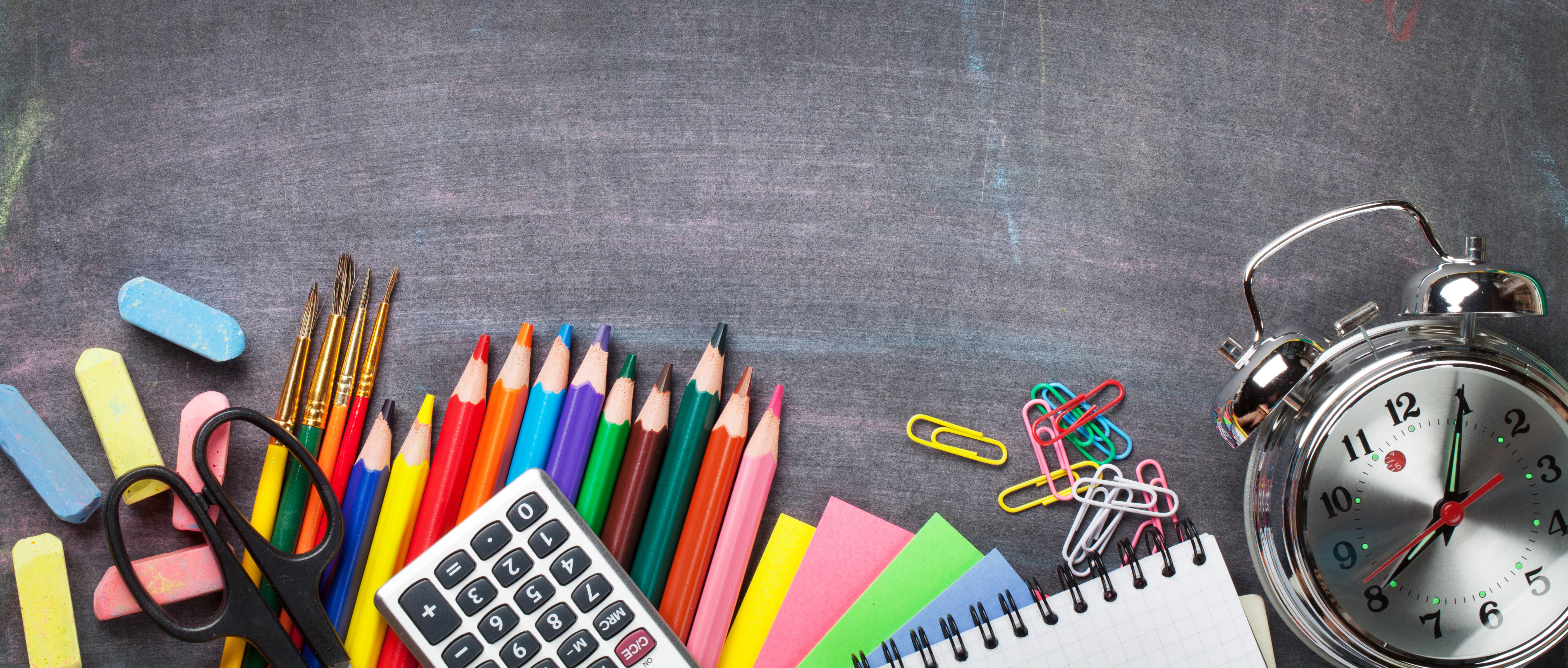
Tips for teaching art to vision impaired students
Touch and feel
Vision impaired (VI) students rely more on other means of communication such as sounds and touch. Teachers and support staff should use objects to help the VI student develop their own artistic vocabulary based on description, experimentation and to help them overcome not being able to learn by sight.
- Use materials with more tactile qualities: wood carvings, natural forms, scale models, sculptures, bubble wrap, fabrics, hessian, rope, string, and objects you may find at a scrap store such as plastic lids, offcuts or containers.
- Use audio transcripts of what the student is about to feel to help them understand something they may never have seen or experienced.
- Add scents and textures to dough for modelling.
- Use different sizes of materials to experience scale.
Here are some ideas which give VI students a confined space to explore so they don’t lose their bearings:
- Cardboard box activity – paint the inside black and hang luminous objects inside so they can be explored in a confined space.
- Shoebox world of favourite, historical or sentimental objects.
Teaching strategies in the classroom
Sensory loss puts extra strain on the other senses so students may need to take more breaks, or require more time to process instructions.
- Magnification helps vision impaired students both in exploring and in creating. Think outside the box, making use of large LCD TVs or the student’s own CCTV or magnification device.
- Some students may find it easier to use a portable drawing board called The Draftsman, which has been specially designed for blind and partially sighted users. It has a reliable base for making raised line diagrams and the plastic film can be clipped in so that it doesn't slip, and the sliding ruler makes drawing making horizontal lines easy and can be used with a set square to draw other angles more easily.
- Good organisation will help – ensure the classroom is clutter-free and logically laid out, and use trays and storage boxes with tactile or Braille symbols to help students find their own materials.
- Apply for adjustments via your exam officer (such as extra time) well in advance.
- Even lighting and avoiding glare will help when exploring an object before drawing or painting.
Art media and access
Some suggestions from RNIB's advice on Art to adapt lessons for VI students:
Painting - many students with a vision impairment use paint very successfully. Some may prefer to use highly contrasting colours and may need assistance to mix colours. Or use a scented pen or crayon.
Sticky tape stencils - provide sticky tapes of differing widths. Let the children stick tape onto pieces of fabric and then show them how to apply colour using sponges or thick brushes. When fabric is touch dry, blot with kitchen roll, remove tapes and reveal stencilled patterns. Make sure there is sufficient contrast between fabric colour and paint for best results.
Photography – automatic-focusing cameras help simplify the process. Viewing and editing digital images should be done on a large computer screen, and the magnification tools built in to tablet computers can be helpful.
Pottery - clay can be used for observations, models, designing and planning, utensil-making and abstract expressive form. Try using different methods of decorating clay to produce texture.
Print making - techniques which use a raised printing block are most useful, for example wood, lino or potato prints, string on card and card on card. Designs can be worked straight onto the block. Problems may occur for a blind or partially sighted student when making a "positive block" by cutting away negative areas. Try alternative techniques where a positive surface is built up with material such as card, paper or string. These can then be pressed onto a slab of clay to make a positive raised picture. String printing is another useful technique using a variety of yarns with different qualities, such as thick garden string, rope and chunky wool.
Sculpture - explore shape by removing sections (carving). That might involve:
- wood and surform/rasp/glasspaper
- large straws made from newspaper
- “dip and drape” plaster-impregnated gauze.
A sculpture created within a hand span allows a VI student to comprehend the proportions better than an object that requires arm movements, where one part can be very difficult to relate to another.
Textiles - for weaving, embroidery and dyeing, use brightly coloured fabrics and textured materials such as plastic twine, wire, string and different types of wool.
Tactile collage - use a wide range of tactile 2D materials.
Assistive technology
Specific art apps
- Brushes Redux – £free, iOS
- Paperby 53- £free with in-app purchases, iOS
- Adobe Sketch- £free but need online access to a cloud account
Large TV screens and interactive whiteboards can help make presentations more accessible, but screen-sharing technologies or apps can be even better. They enable teachers to share content directly to the student’s screen, and for the student to respond.
- DisplayNote
- ABTutor
- Reflector 2
- Mobile devices make it easy to magnify images using pinch-to-zoom.
- Tilt Brush is a virtual reality tool which puts the user directly into a 3D environment they can paint inside.
See 'General tips for teaching vision impaired students' for introductory information including lighting, emotional support, formatting documents, assistive technology, techniques such as hand-over-hand guiding and further sources of information.
Get the latest news and advice from the Macular Society
To hear about life-changing research, treatments and tips for living with sight loss, subscribe to our monthly enewsletter today. Together we can Beat Macular Disease.
Sign up to our free email newsletter

